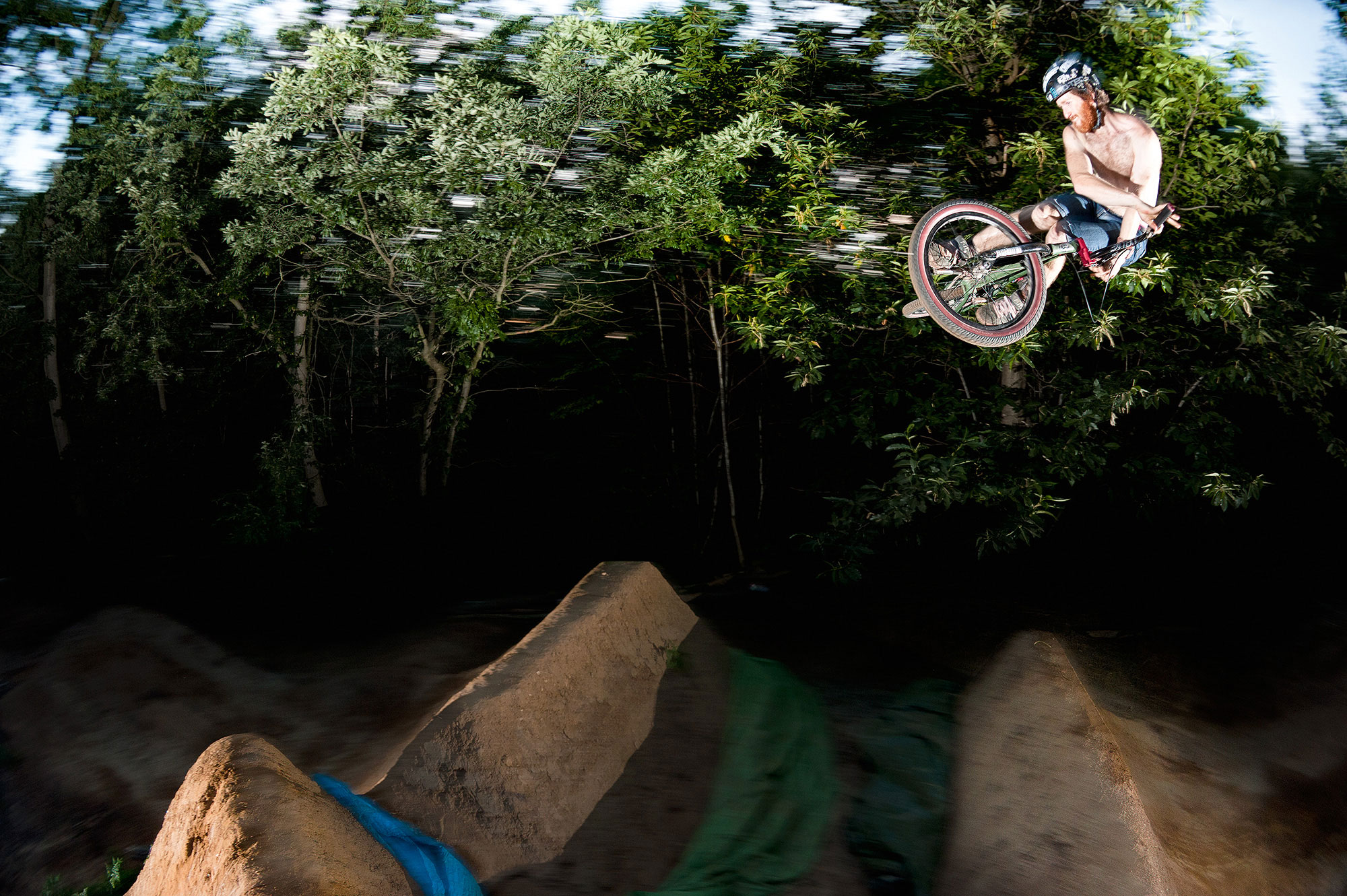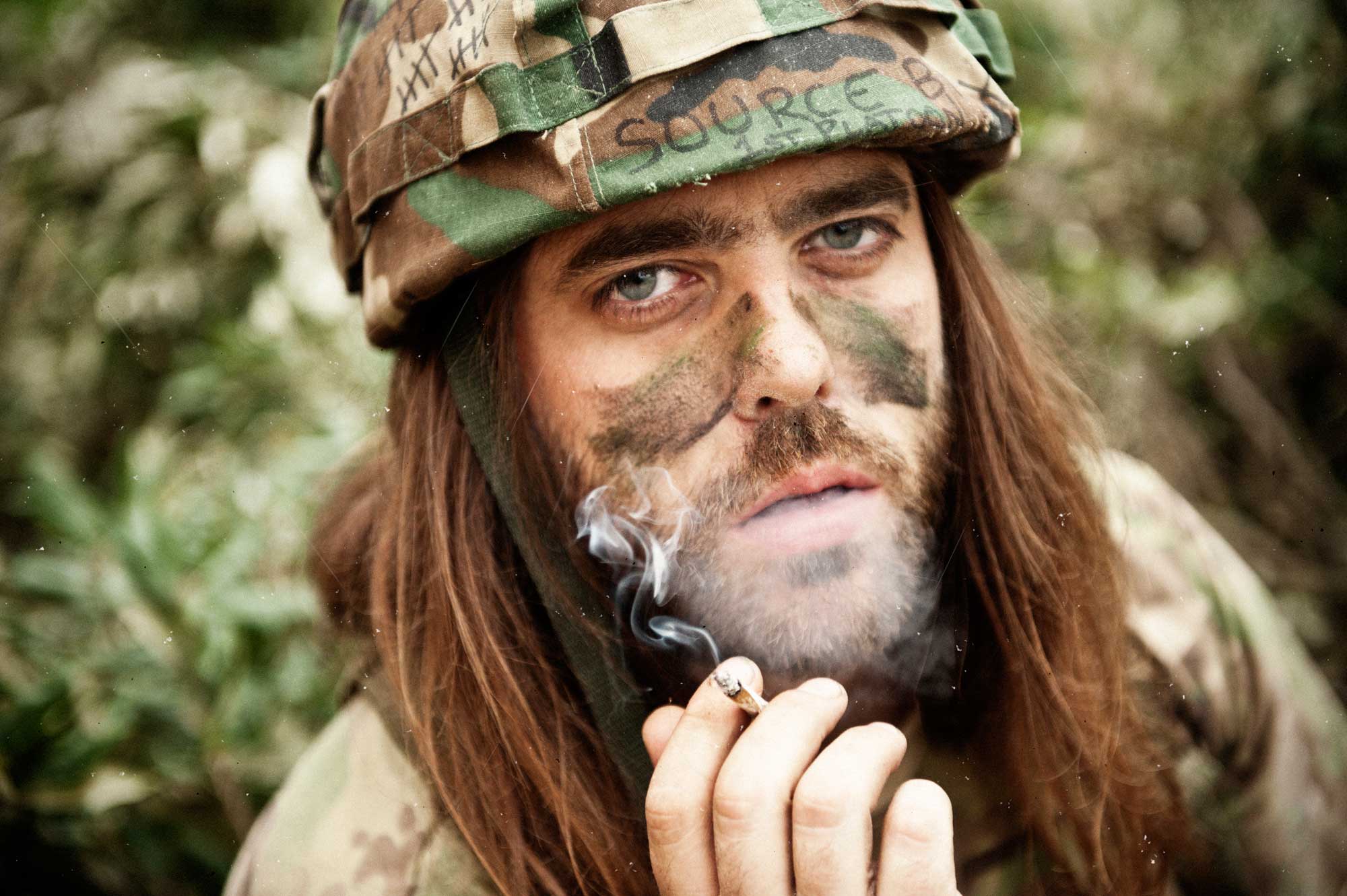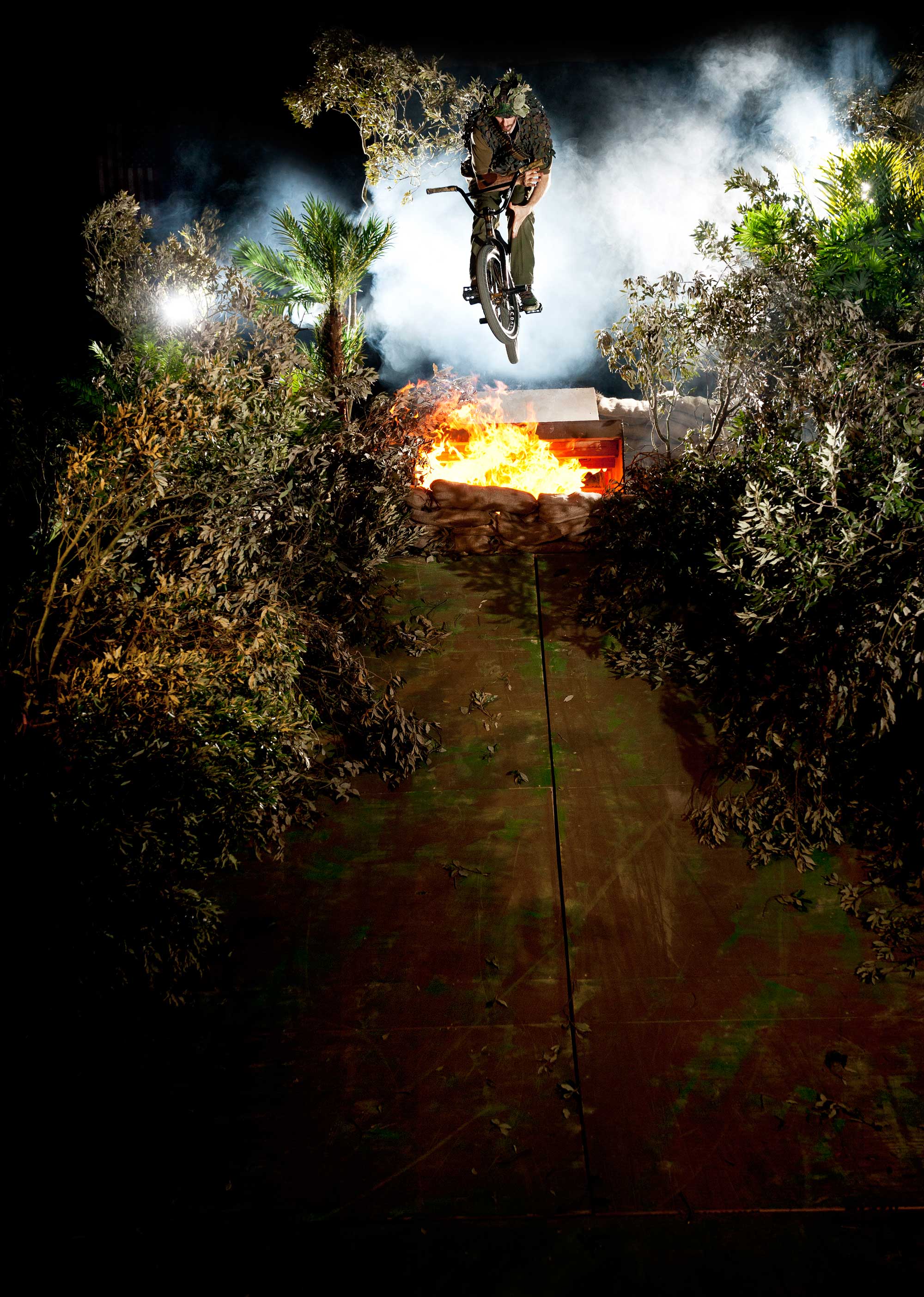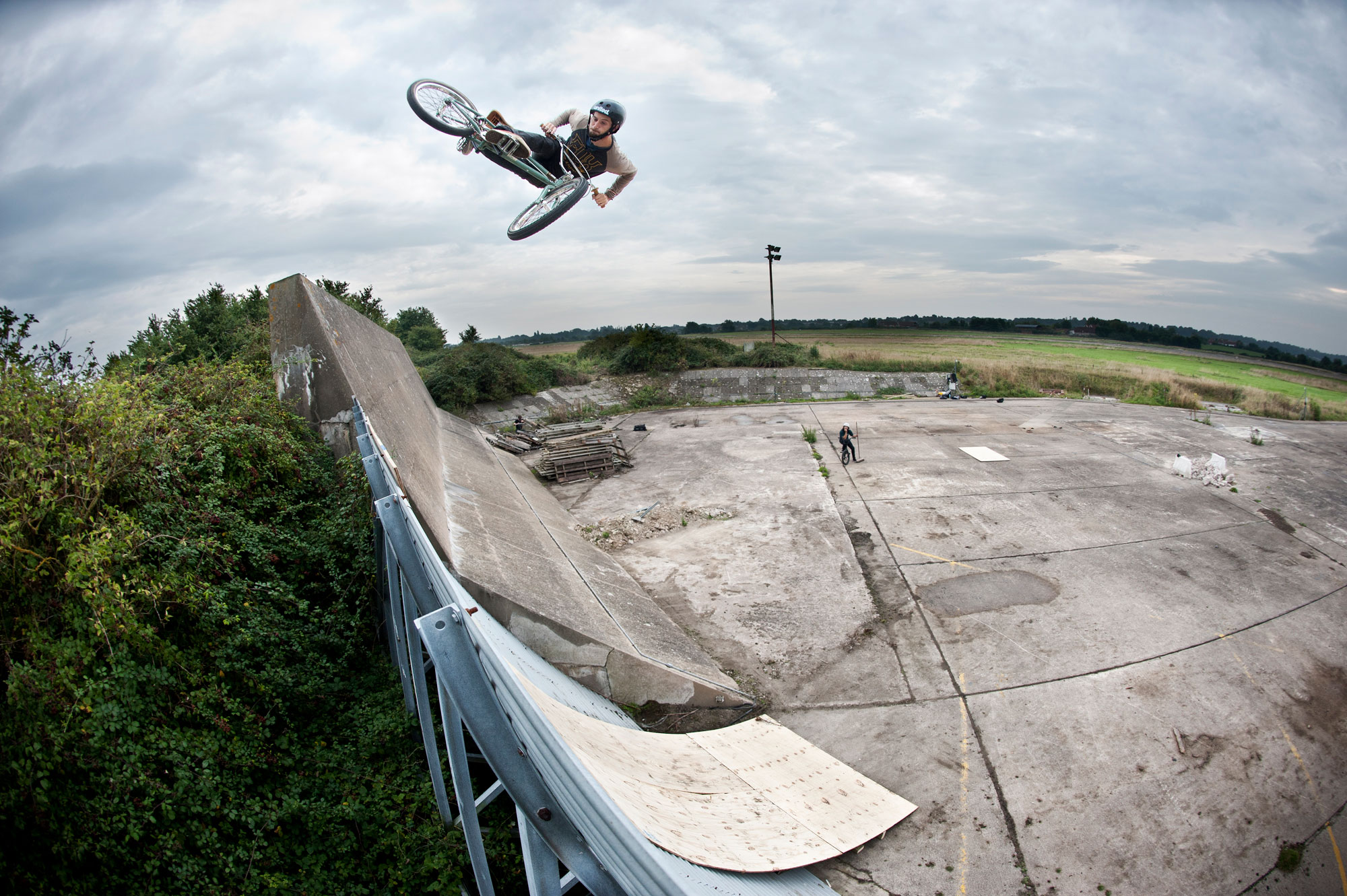
View the icons of action sports photography at work and enter your best action sports image for the chance to win top of the range Nikon cameras and the photography experience of a lifetime.
Duncan Smith was born and raised in Farnborough in the UK, a small town famous for its aviation but, he says, “not much else”. It did however, give him plenty of opportunity to get into BMXing, and since he started photographing his friends riding, he’s never looked back. Now residing in Bristol, a city synonymous with BMX, skate and urban culture, Duncan is one of the UK’s best-respected bike snappers: He’s shot no fewer than four covers on Ride UK BMX. He talks us through a few of his favourite photos below.
It was a trip to Africa that really got me into photography. I always used to muck about with my Dads Minolta XG1, and I had a vague interest in photography but no real knowledge. Then he brought me a Minolta X300 which I took away travelling. I was away five months and the trip was a photographers dream – needless to say I got through a LOT of film. I had very little idea of what I was actually doing so was surprised that the results were generally good.
Being a BMX rider it made sense to practice my new hobby along side my existing one. I’d take inspiration from BMX mags like Ride and Dig and really study the photos to work out how they were shot, then go out and shoot my friends riding to try to replicate the techniques. It was a slow process but always fun. Little did I know where it would lead.
To this day I mostly shoot BMX. As a self-taught photographer I guess I got good at shooting one thing and over the years haven’t branched out too far. Aside from shooting the odd wedding, some live music and a brief spell in the equine industry I tend to keep it wheel-based.
You can always tell if a rider is trying too hard just to get ‘the shot’ and it’s not worth forcing it. I like to build a rapport with the rider, keep the pressure to a minimum and not take things too seriously. I’m a very laid back person and my approach to photography is much the same. I try not to over-plan a shoot. In BMX, it’s not uncommon for something to not work out as expected, so being adaptable and spotting other potential photo opportunities, even if they are nothing like what you planned, is really important.
You get out what you put in with BMX photography. My favourite riders to work with are the ones willing to go the extra mile to make things happen. It’s all about having a shared vision for a shot and then putting in the effort.
You can always tell if a rider is trying too hard just to get ‘the shot’
As well as riders, I get inspired by nature. Since moving to Bristol I’ve loved being close to wonderful countryside and woodland. As well as photography I’m passionate about woodwork, so it’s not uncommon for me to be trying to identify tree species while shooting BMX photos in the woods!
When it comes to gearI’m a Nikon guy through and through. My introduction to BMX photography was with a Nikon – I got an F65 with a 28-80mm lens for my birthday when I got back from Africa, my first autofocus camera. As I changed or upgraded parts of my kit it was an obvious move to keep it Nikon as it all marries up nicely. But it’s not just convenient; I know my Nikon equipment inside out. The layout, the menu, the way my camera feels, the way it sounds. I know what results I will get with various hardware, I can tell if there’s a problem or if something isn’t quite right, and I know it’ll always stand up to the punishment I subject it to. It’s all so familiar now that any other brand feels like I’m starting over.
The best thing about photography is no two people see the same thing in the same way. Sometimes people who are just getting into it send me pictures to see what I think, or ask how they could improve, only for me to think: “Wow I’d have never thought of shooting it like this” and ultimately taking inspiration from them.











